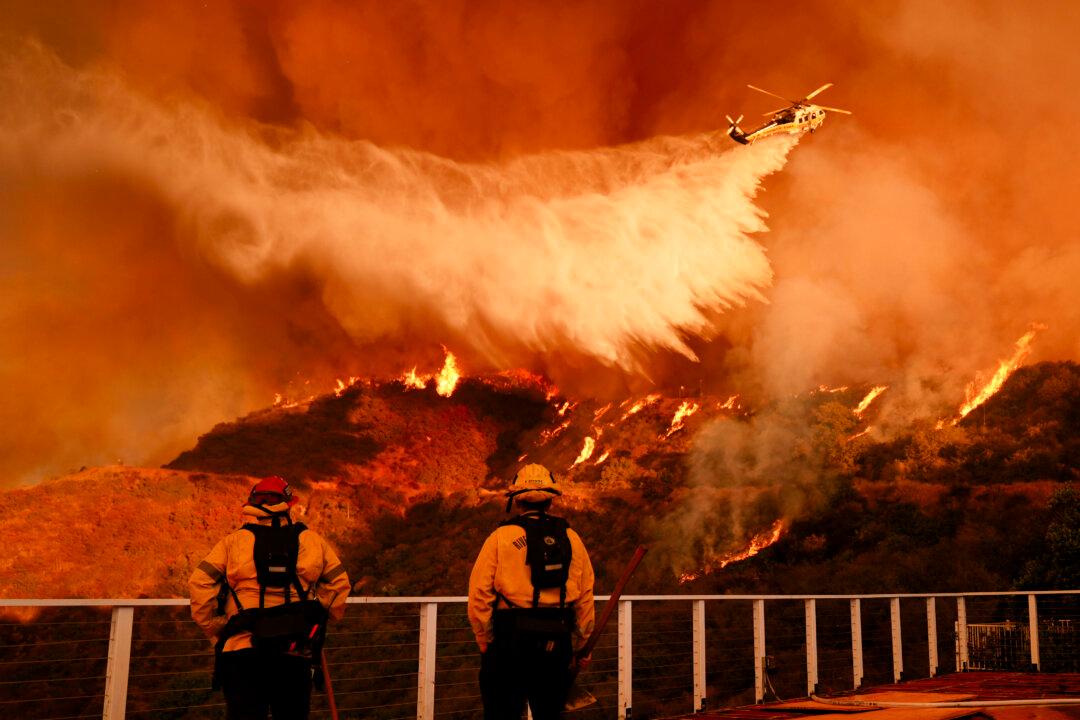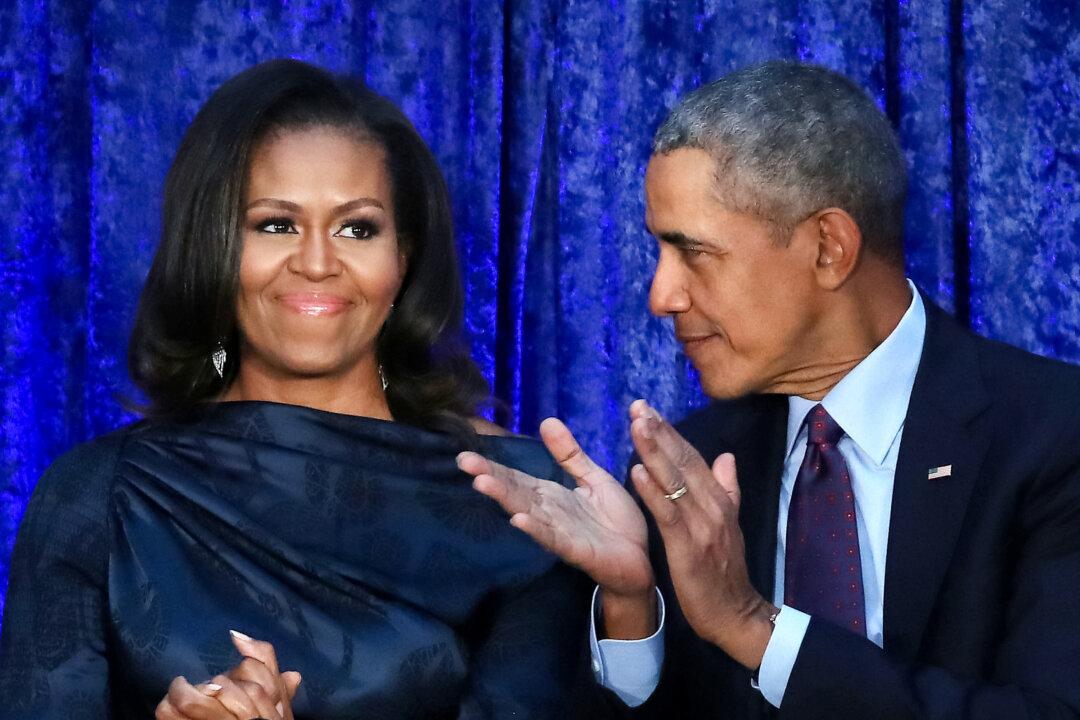The White House on June 13 blamed Iran for the attack on two oil tankers in near the strategic Strait of Hormuz.

“This assessment is based on intelligence, the weapons used, the level of expertise needed to execute the operation, recent similar Iranian attacks on shipping, and the fact that no proxy group operating in the area has the resources and proficiency to act with such a high degree of sophistication,” Pompeo also told reporters.
He added that “the international community condemns Iran’s assault on the freedom of navigation and the targeting of innocent civilians.” The United States, he continued, would defend its interests and partners.
Pompeo, in a tweet, also issued a statement.
Pompeo also didn’t say what the U.S. would use “economic” and “diplomatic” pressure to deal with Iran amid its “threats ... to peace and security.”
Earlier, White House press secretary Sarah Sanders said President Donald Trump was briefed on the matter.
Iran has not claimed responsibility for the attacks. Some reports indicated that a torpedo was fired at least one of the vessels, but other reports said that it was a mine or another type of weapon.
- White House Says It Will Meet Two-Year Deadline for Huawei Ban for Contractors
- White House Directs Ex-Staffers to Deny Documents to House Democrats
- White House Defies Democrats on McGahn Subpoena
- White House Rejects House Committee Request Into Security Clearance Processes
- Trump Tweets He’s Alone at White House Waiting for Democrat Deal
- White House Sets Rules for Media as Press Credentials Restored for CNN’s Acosta
Tensions between Iran and the United States, along with its allies including Saudi Arabia, have risen since Washington pulled out of a deal last year between Iran and global powers that aimed to curb Tehran’s nuclear ambitions.
Iran has repeatedly warned it would block the Strait of Hormuz, near where the attacks happened, if it cannot sell its oil due to U.S. sanctions.
The crew of the Norwegian-owned Front Altair abandoned ship in waters between Gulf Arab states and Iran after a blast that a source said might have been from a magnetic mine. The ship was ablaze, sending a huge plume of smoke into the air.
The crew were picked up by a passing ship and handed to an Iranian rescue boat.
The second ship, a Japanese-owned tanker, was hit by a suspected torpedo, the firm that chartered the ship said. Its crew were also picked up safely. However, a person with knowledge of the matter said the attacks did not use torpedoes.
The Bahrain-based U.S. Navy Fifth Fleet said it had assisted the two tankers after receiving distress calls.





